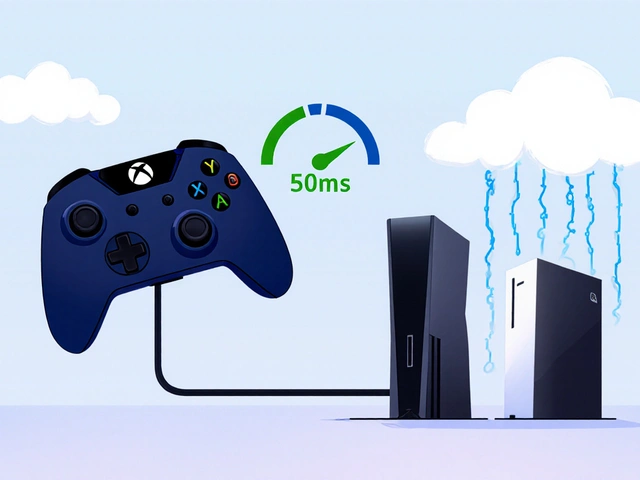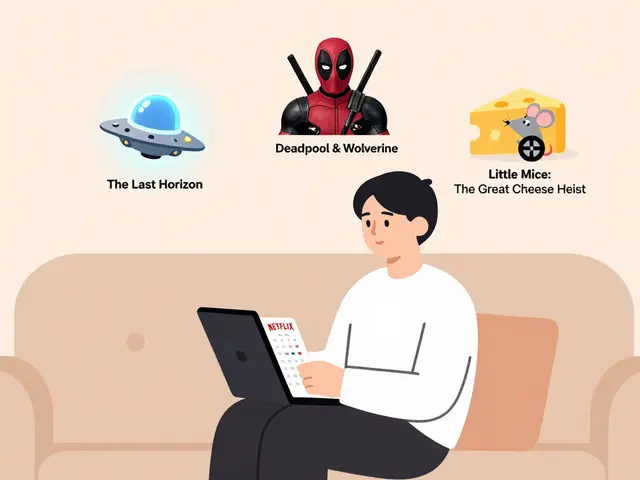7
How to Understand and Use a Drug Interaction Chart Safely

When you mix the wrong medicines, you can get more than you bargained for—and not in a good way. One simple pill can spark a domino effect if it clashes with something else you’re taking. Here’s something wild: in Australia alone, hospitalizations because of bad drug interactions aren’t rare—they cost lives, time, and money every year. Good news is, you don’t need a medical degree to read a drug interaction chart and avoid trouble. Let’s untangle the chart’s secrets together and make sure your next prescription doesn’t turn into a science experiment.
What is a Drug Interaction Chart and Why Bother?
A drug interaction chart maps the ways two or more medicines could mess with each other. Think of it like a dating grid, but instead of cute couples, it shows which drugs get along and which are a disaster waiting to happen. Pharmacists and doctors rely on these charts, but you don’t have to be a healthcare pro to use one. Ordinary people, folks who want to take control of their own health, can spot risky combinations just by glancing at a well-made chart.
Here's a jaw-dropper: a large study in Queensland in 2022 found that 1 in 10 older Aussies takes five or more medications daily, a situation called polypharmacy. With that many pills in the mix, the odds of a bad reaction shoot up fast. Yet, many patients take meds without ever checking if the combination is safe. That’s why drug interaction charts aren’t just for medical nerds—they’re a life line for anyone juggling prescriptions.
Why do drugs clash? Sometimes one drug will block another, making one or both less effective. Sometimes the opposite happens: two drugs together jack up the side effects. You end up with bleeding, heart issues, sleep problems, rashes—the works. And it’s not just prescription drugs. Over-the-counter meds, vitamins, and even things like grapefruit juice can spark trouble. A good drug interaction chart puts these ‘gotcha’ combos in black and white.
Imagine heading into the chemist, getting cold medicine while on antidepressants, and winding up in the ER. Sounds far-fetched, but it’s real, according to the Australian Adverse Drug Reactions Committee. So, a chart isn’t just a boring grid; it's a shield for your health.
Cracking the Code: How to Read a Drug Interaction Chart
At first glance, most drug interaction charts look like a mess of names and boxes. But there’s a method to the madness. The top row and first column usually list drug names—brand or generic. Where two drugs meet on the grid, there’s a colour or symbol. Each colour means something specific: green for ok, yellow for caution, red for dangerous. Sometimes, you’ll see numbers or letters that point you to footnotes with extra info.
Here's a fun fact: Australia’s National Prescribing Service tested over 500 people with drug charts and discovered nearly half skipped reading explanations at the bottom. Don’t make that mistake. If a symbol or colour doesn’t make sense, check the legend. You’ll find terms like “minor,” “moderate,” or “major,” and usually an explanation about what could go wrong.
Some charts go a step further, splitting interactions by type. For example:
- Pharmacokinetic: How your body absorbs and processes the drug (one drug speeds up or slows down another).
- Pharmacodynamic: The way drugs impact each other’s effects (say, two sedatives making you super drowsy).
Symbols vary between charts, so don’t assume red always means bad—always check the key. I once saw a chart where triangles flagged caution and circles meant no interaction. Go figure. The best online tools let you enter your meds and spit out custom charts—ones like the Australian Medicines Handbook, or for the digital crowd, trusted apps like Medscape’s Drug Interaction Checker. But whether you’ve got a printed PDF or a slick app, the basic idea is the same.
If you spot a red or warning square between two drugs you take, don’t panic. It doesn’t mean disaster strikes every time; it means the risk is higher. That’s your cue to chat with your doc or pharmacist. They might tweak your dose or swap a medication to keep things smooth.
One more thing: take notes. Seriously. Write down what each symbol or colour means and keep a photo on your phone for quick reference. And always update your chart when you add or stop meds. Don’t let an outdated chart trip you up.

Real-Life Examples: What Can Go Wrong?
Want a peek at interactions happening in the wild? Here you go. Blood thinners like warfarin mixed with common painkillers (think ibuprofen) can raise bleeding risks sky-high. Another one: cholesterol meds (statins) mixed with certain antibiotics can push your liver into overdrive—sometimes causing real harm. In Queensland, hospital records in 2023 showed that elderly patients on multiple blood pressure meds often ended up with dangerous drops in blood pressure when a new sleeping pill was added.
Vitamins aren’t innocent, either. Calcium supplements can block thyroid meds from working. Herbal teas like St John's Wort—sold in every supermarket—can screw with antidepressants or birth control, causing both to stop working. Even grapefruit juice is notorious for boosting levels of some heart meds, making side effects worse.
Antibiotics and contraceptive pills are another classic conflict. Some antibiotics mess with how your body processes birth control, potentially leading to an unplanned surprise. Who knew, right? That story has played out for lots of Aussie families who had no idea until it was too late.
OTC painkillers are another danger zone. Mixing NSAIDs with blood pressure meds isn’t always recommended. Studies in Melbourne back in 2024 reported a spike in hospital admissions during winter flu season—people chasing relief but ending up with kidney problems from drug clashes they never saw coming.
Here’s a handy table of some common risky combos Aussie GPs see all the time:
| Drug 1 | Drug 2 | Possible Outcome |
|---|---|---|
| Warfarin | Ibuprofen | Serious internal bleeding |
| Statins | Clarithromycin | Liver toxicity, muscle damage |
| Calcium supplements | Levothyroxine | Reduced thyroid effect |
| St John's Wort | Contraceptive pill | Reduced contraceptive effect |
| NSAIDs | ACE inhibitors | Possible kidney issues |
| Antibiotics | Birth control | Reduced contraceptive effect |
Keep your own personal list of medicines and check combinations before starting anything new. Share it with your healthcare team—they want you safe, not guessing.
Tips and Tools for Staying on Top of Drug Interactions
Your safety doesn’t just come down to skimming a chart once and forgetting it. Set reminders to check for new interactions any time your meds change. Many Aussie pharmacies offer medication reviews at no extra cost—book one, bring your full list, and ask them to check for risks. Knowledge beats guessing every single time.
Want to make things even easier? Use an app that updates automatically. Medscheck by the Guild, AMH Online, or even the Medicare Express Plus app can help flag problem combos instantly. These digital tools are kept current with Australian guidelines—so when something changes, they’ll know before you do.
When chatting to your doc or pharmacist, don’t just say, “Is this safe?” Instead, ask, “Does this interact with anything else I’m taking, prescription or not?” Mention your vitamins and herbal stuff too—skip nothing. The tiniest detail might save you a trip to the ER. After all, about 250,000 Australians are hospitalized every year because of preventable medication issues. A five-minute chat could keep you out of that statistic.
For families, especially those caring for older relatives, print a drug interaction chart and stick it on the fridge. Make it habit to jot down every new medicine each time it’s prescribed. If you work in aged care or help someone who does, you’ve seen how easy things can slip. Proper records and easy-to-read charts make mistakes much less likely.
And don’t forget to look up drugs by their generic names as well as brands. The chart might have paracetamol, but your packet says Panadol. Same thing—but unless you know both names, you might miss a warning.
If in doubt, ring up a local pharmacist. Most are happy to check an interaction while you wait, and many have instant access to the same tools the pros use.
Even something as basic as keeping a written record, checking before mixing, and using a drug interaction chart puts you way ahead of the curve. Just like you wouldn’t drive blindfolded, don’t pop pills blindly either.





